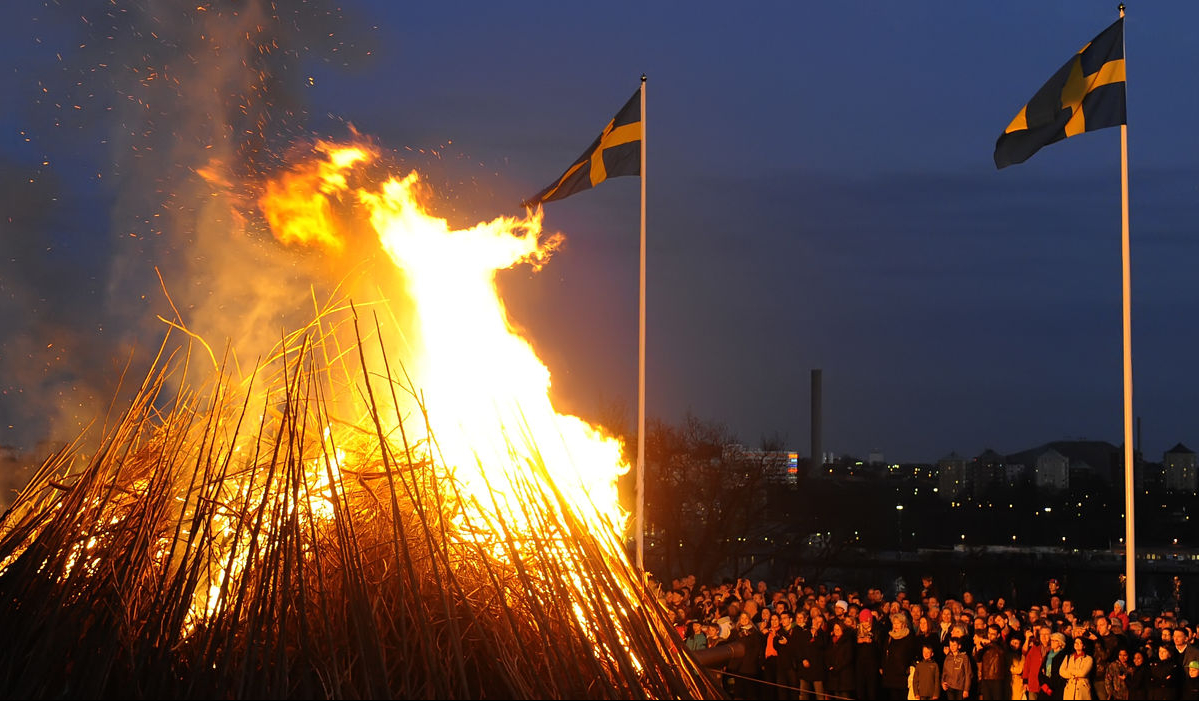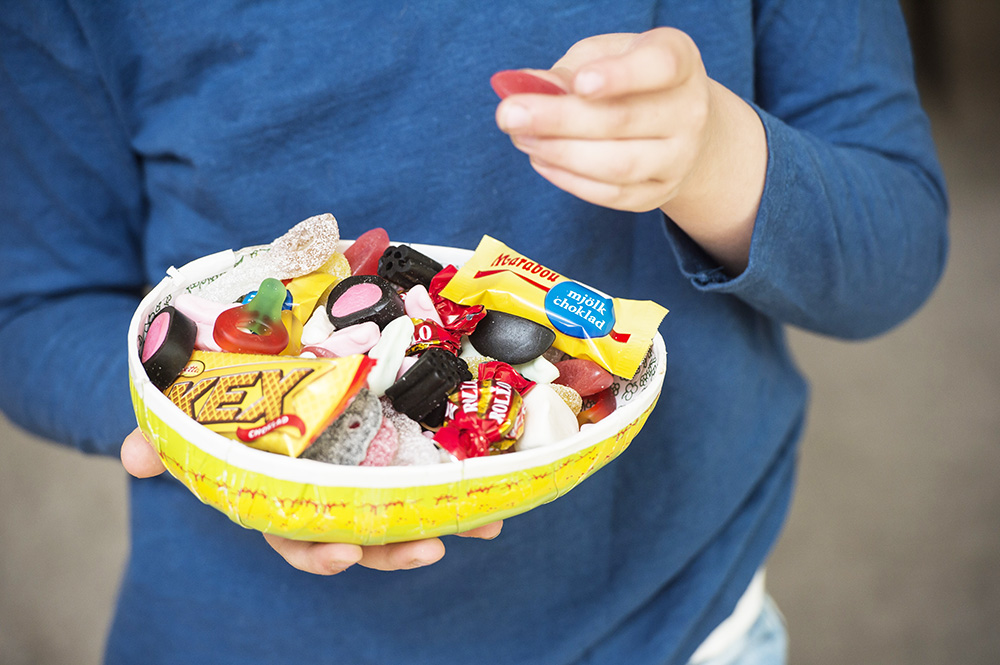Glad påsk – What Swedish Easter is all about
By: Kornelia Januszewska
Walking around Stockholm, it doesn’t take a genius to realize that Easter is getting closer day by day.
Shops’ displays are filling up with yellow chicks, colorful eggs and widely-smiling bunnies – typical, you could say, of Easter symbols. But least you forget, this is Sweden. And the way Swedes celebrate Easter, or påsk I should say, probably differs from what you are used to back at your home country.
Let us dive into Påsk traditions and try to figure out how to celebrate Easter like a local.
The origin of påsk (Easter) in Sweden
Beginning with a little throwback in the history, the word “påsk” derives from a Hebrew word “pesah”, which means passing.
If you have lived in Sweden long enough, without a doubt, you have noticed that Swedes are not a religious nationality. It influences the way holidays are celebrated, with no exception to Easter. It is a secular holiday, even though some of its traditions indicate that Swedish påsk’s origins predate Christianity.
From what my Swedish friend told me, these are 4 things that Swedes do during påsk, even today:
1. Dress up as witches
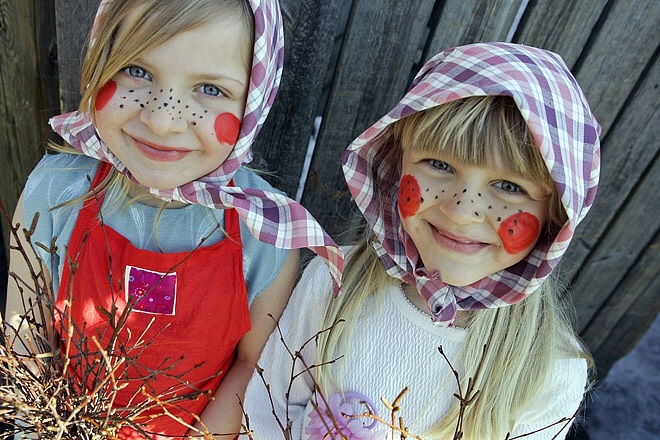
Children dress up as “Easter witches” – wearing colored headscarves, and painting their cheeks brightly red – they go from house to house knocking on doors and asking for candies. Sounds like Halloween, but nope!
2. Swedish Easter food with family
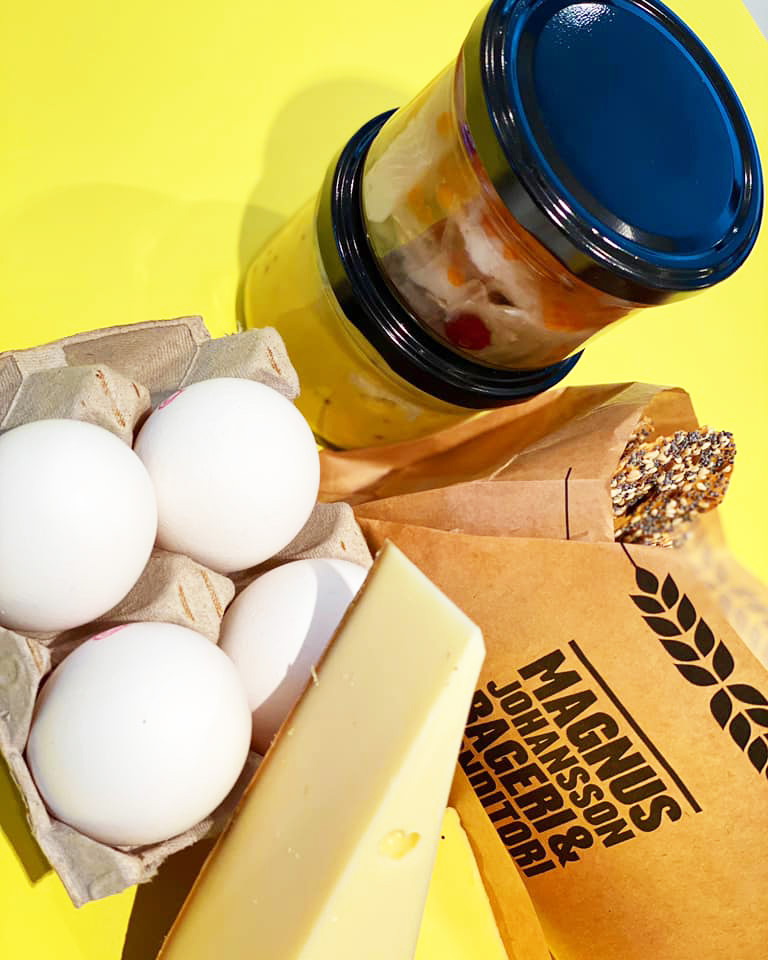
Families sit down for a traditional lunch that, among others, consists of pickled herring, potatoes, cured salmon, meatballs (of course we could not forget about those), eggs topped with fish roe and the famous Jansson’s temptation – all together with spiced schnapps.
3. Colorful feathers as decorations
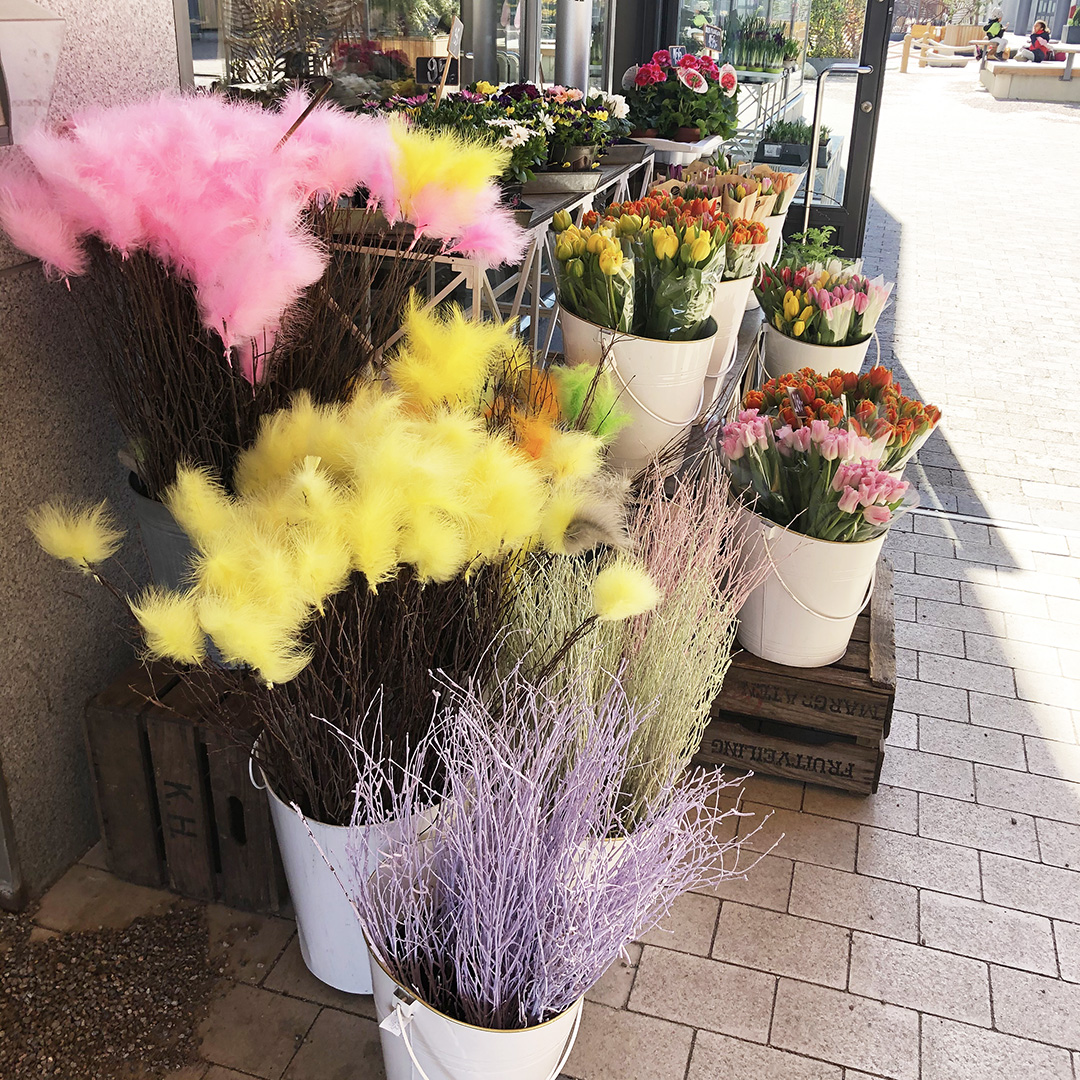
The entire city is decorated with feathers in all the colors of the rainbow – a tradition that started in the late 1800s.
4. Consume more candy than normal

All of the supermarkets are filled with all sorts of tempting candies and snacks during this time, and since påsk normally falls on a Friday – it’s the perfect excuse to get some for Saturday, which is also another very Swedish tradition (lordag godis).
Do keep in mind that påsk is a holiday after all. It lasts an entire week and you should expect various places to work in modified hours, so plan ahead, and be prepared for when your favorite store ends up closed.
